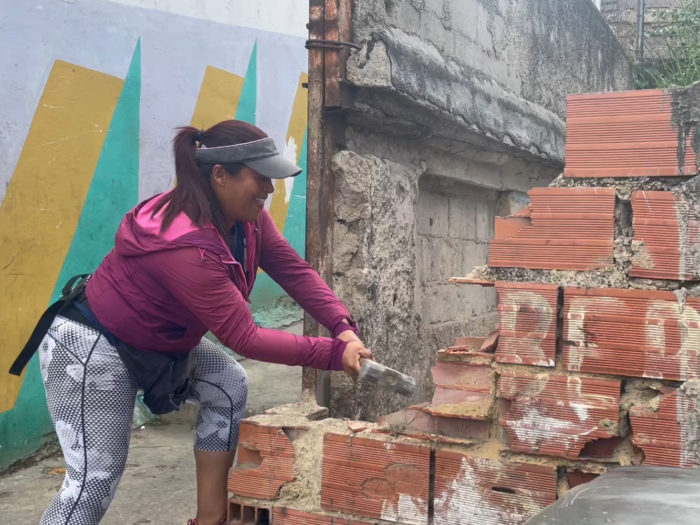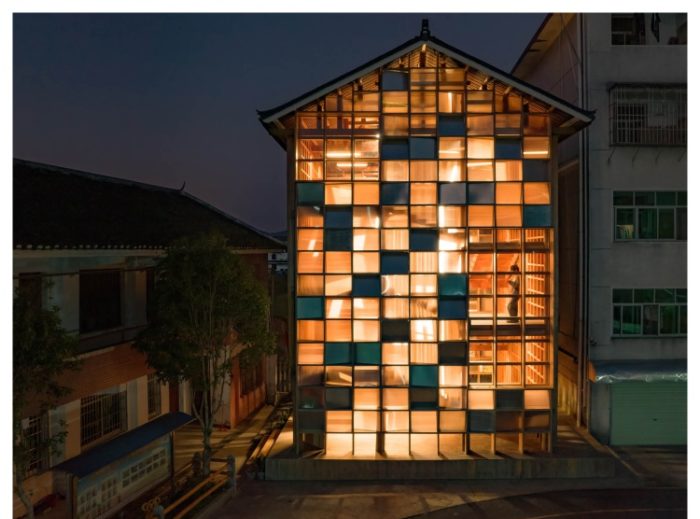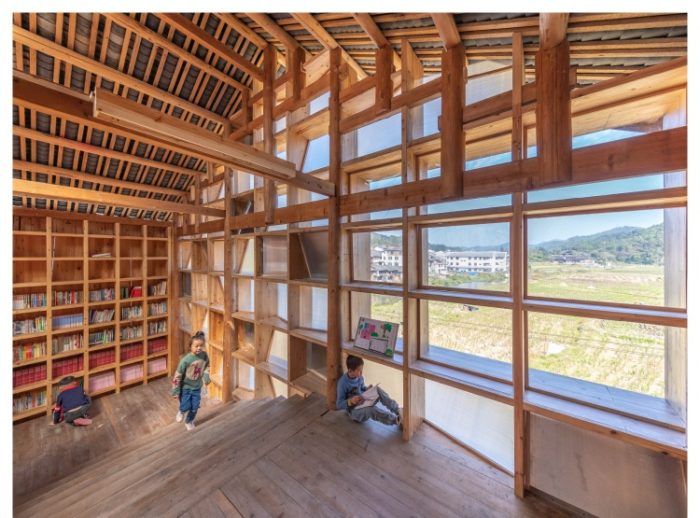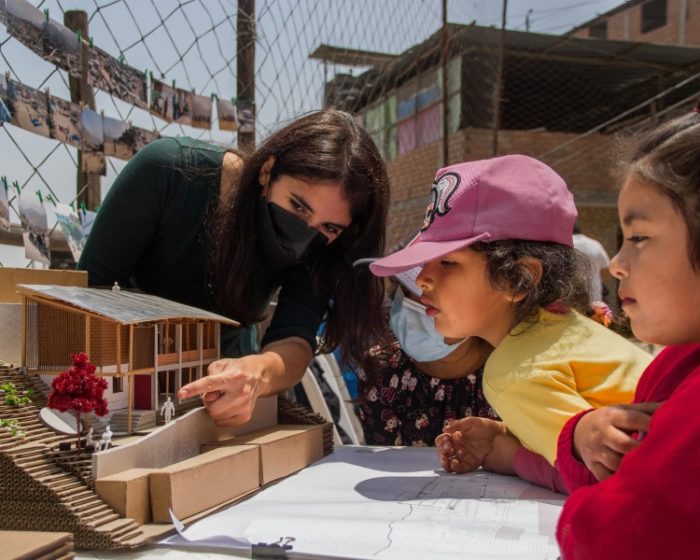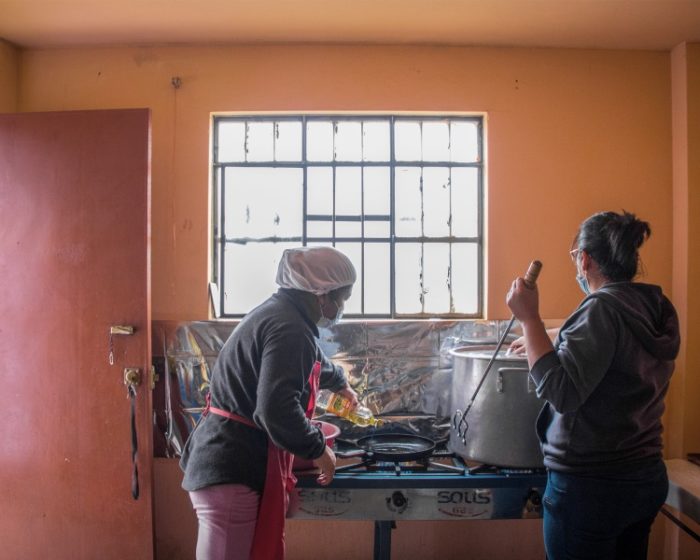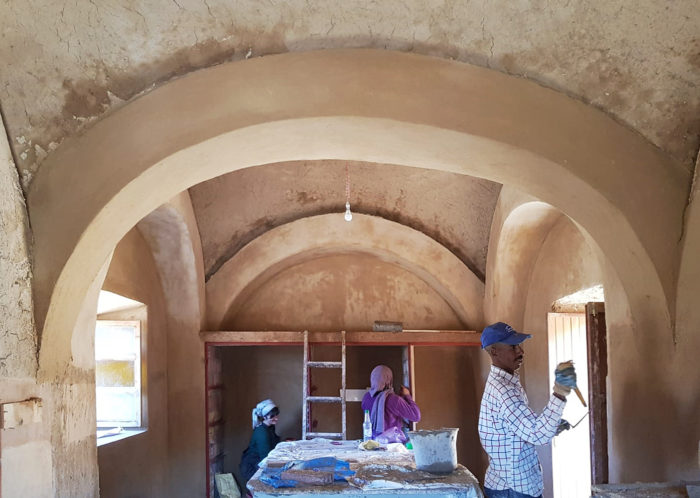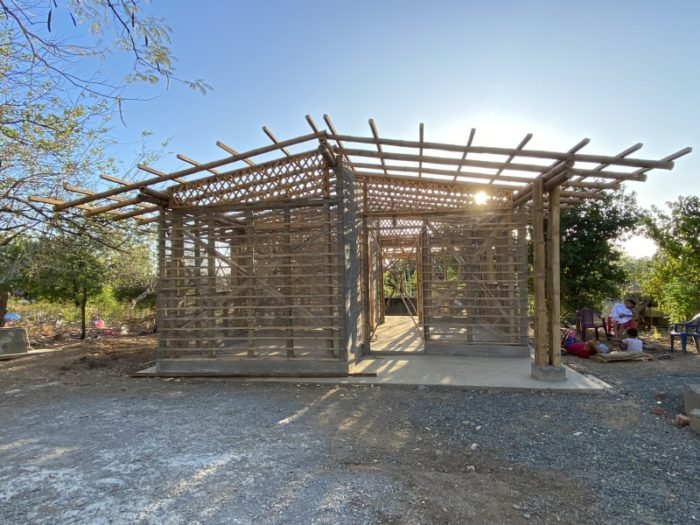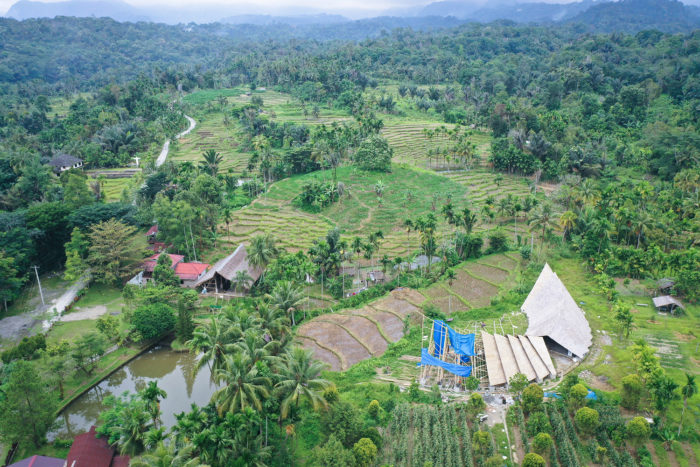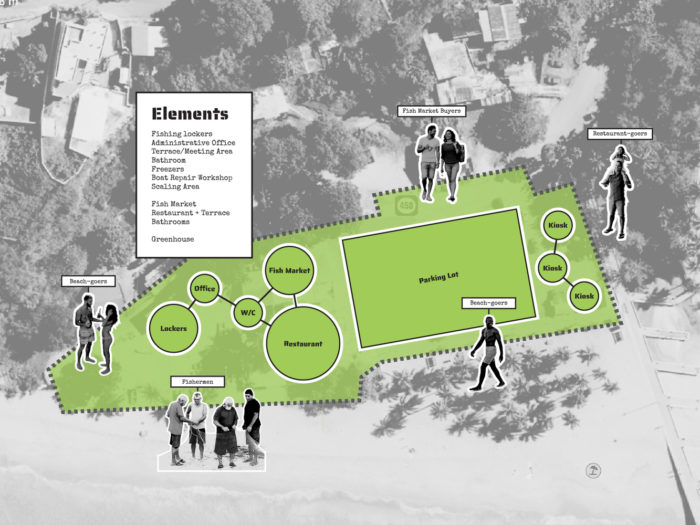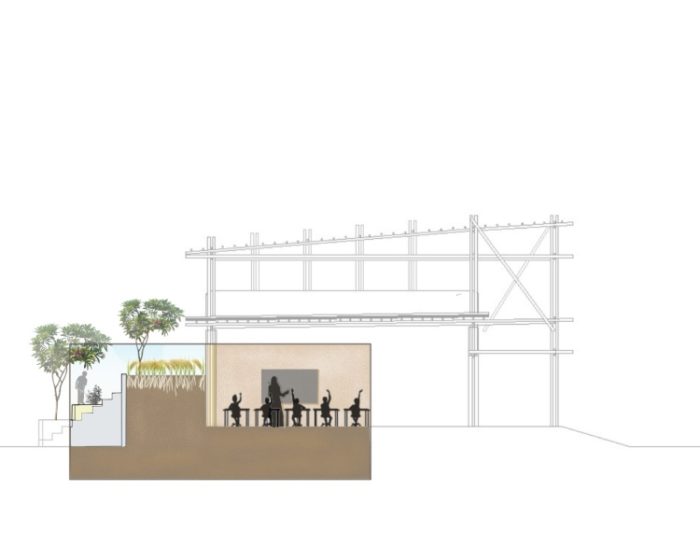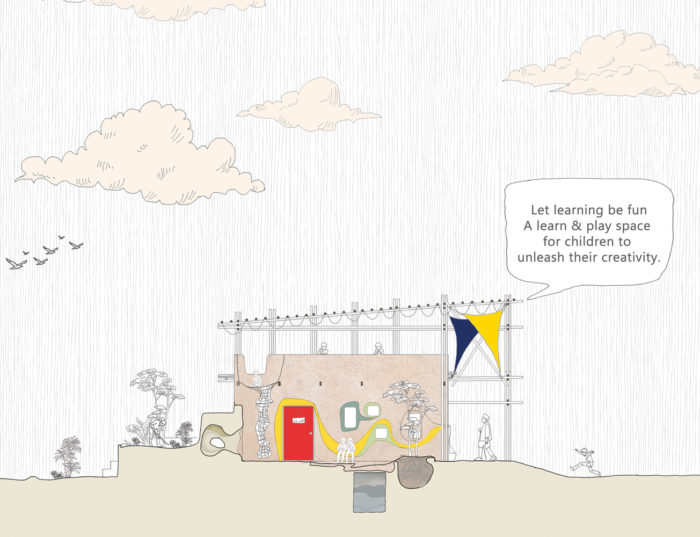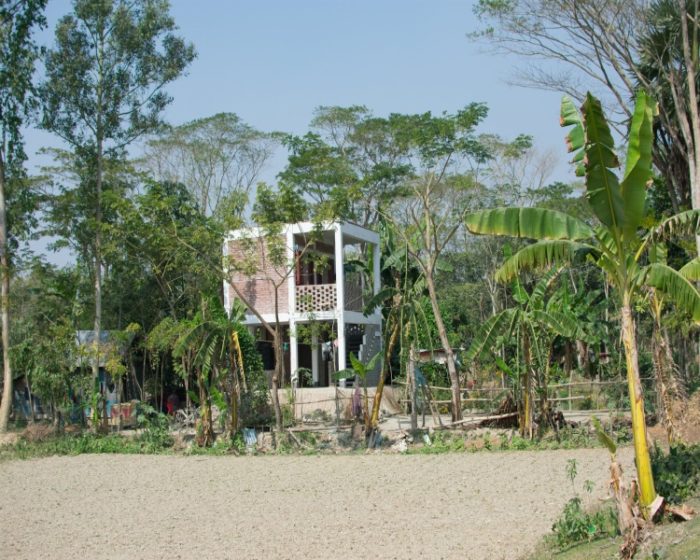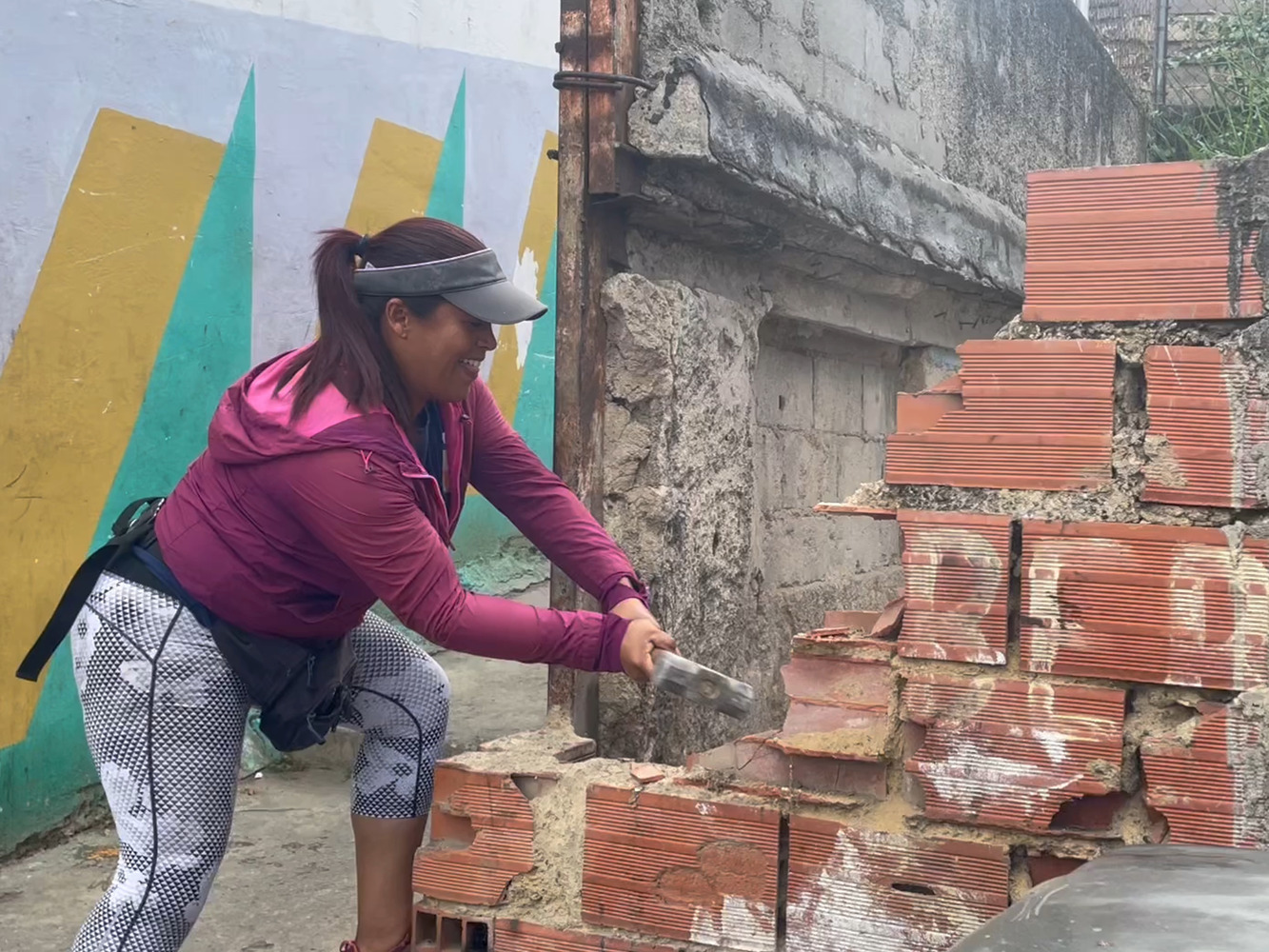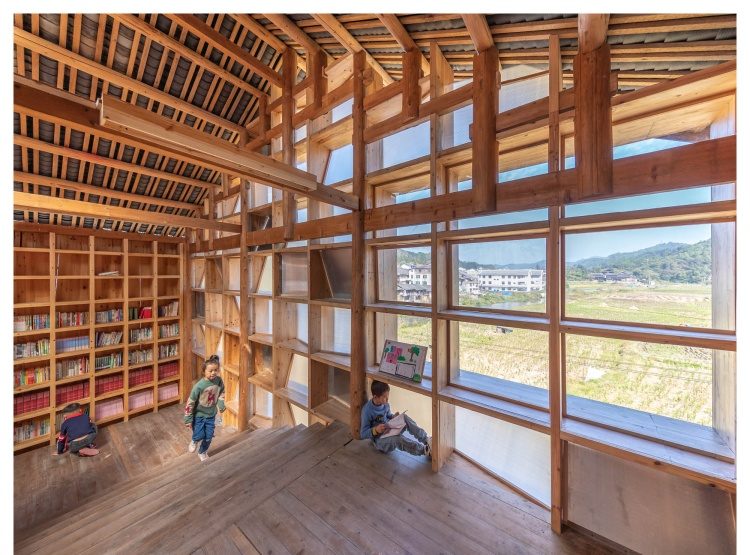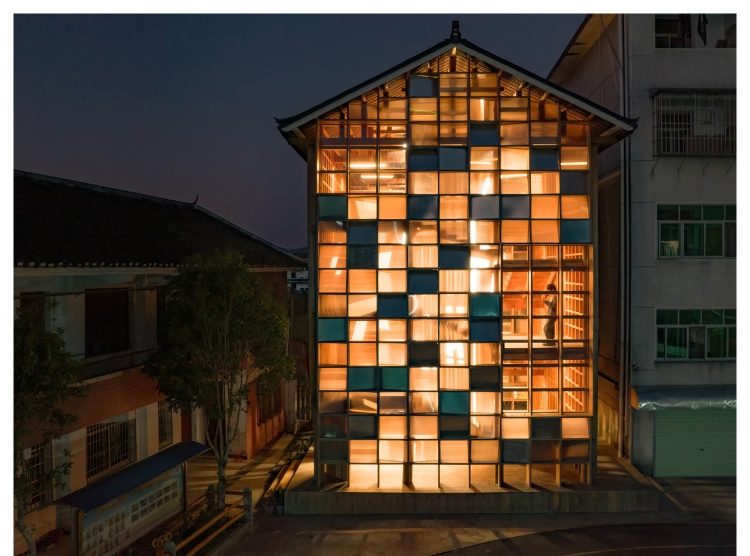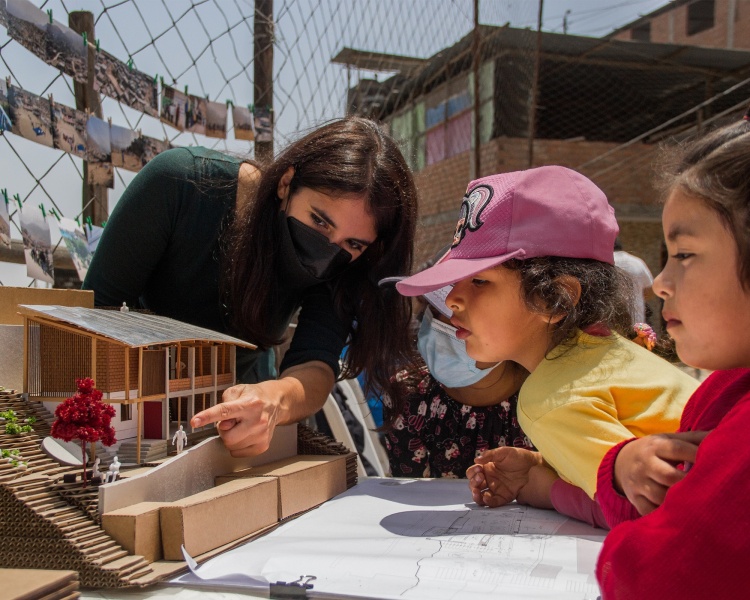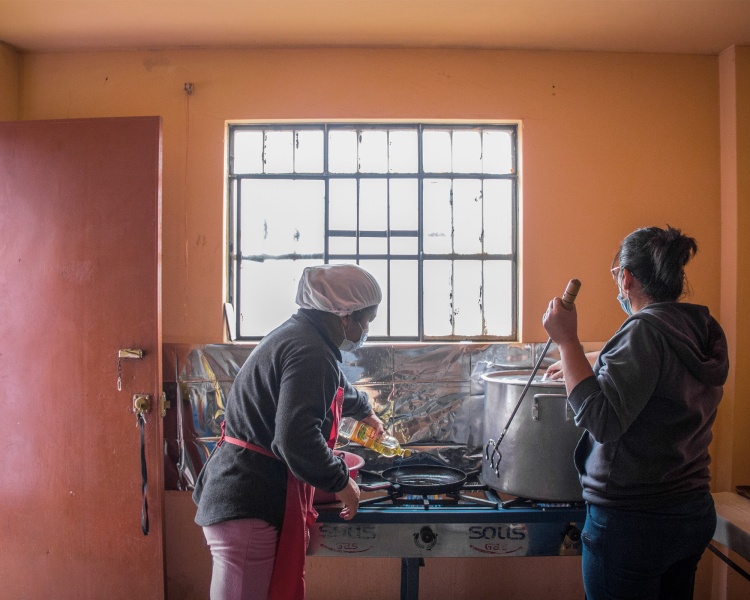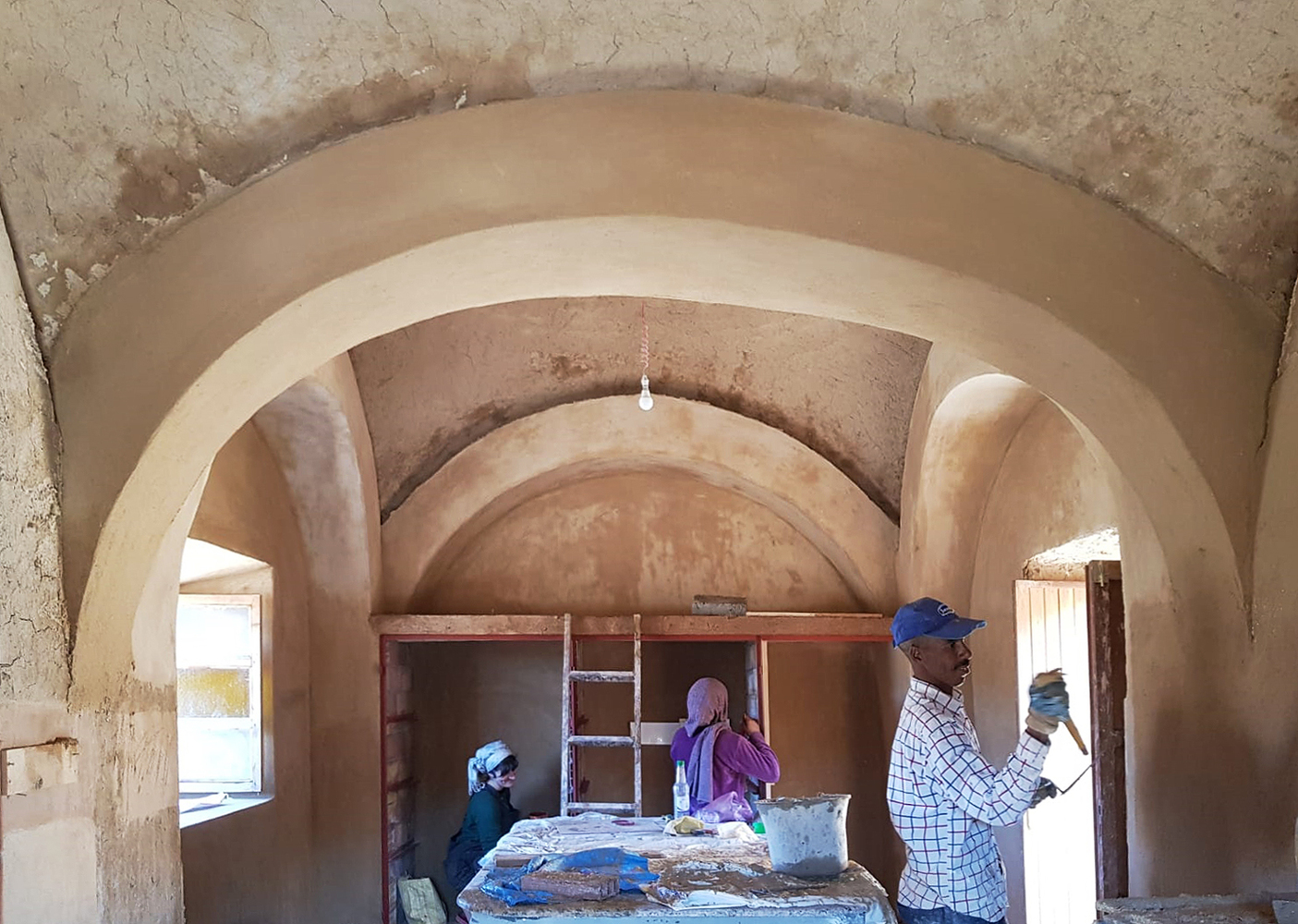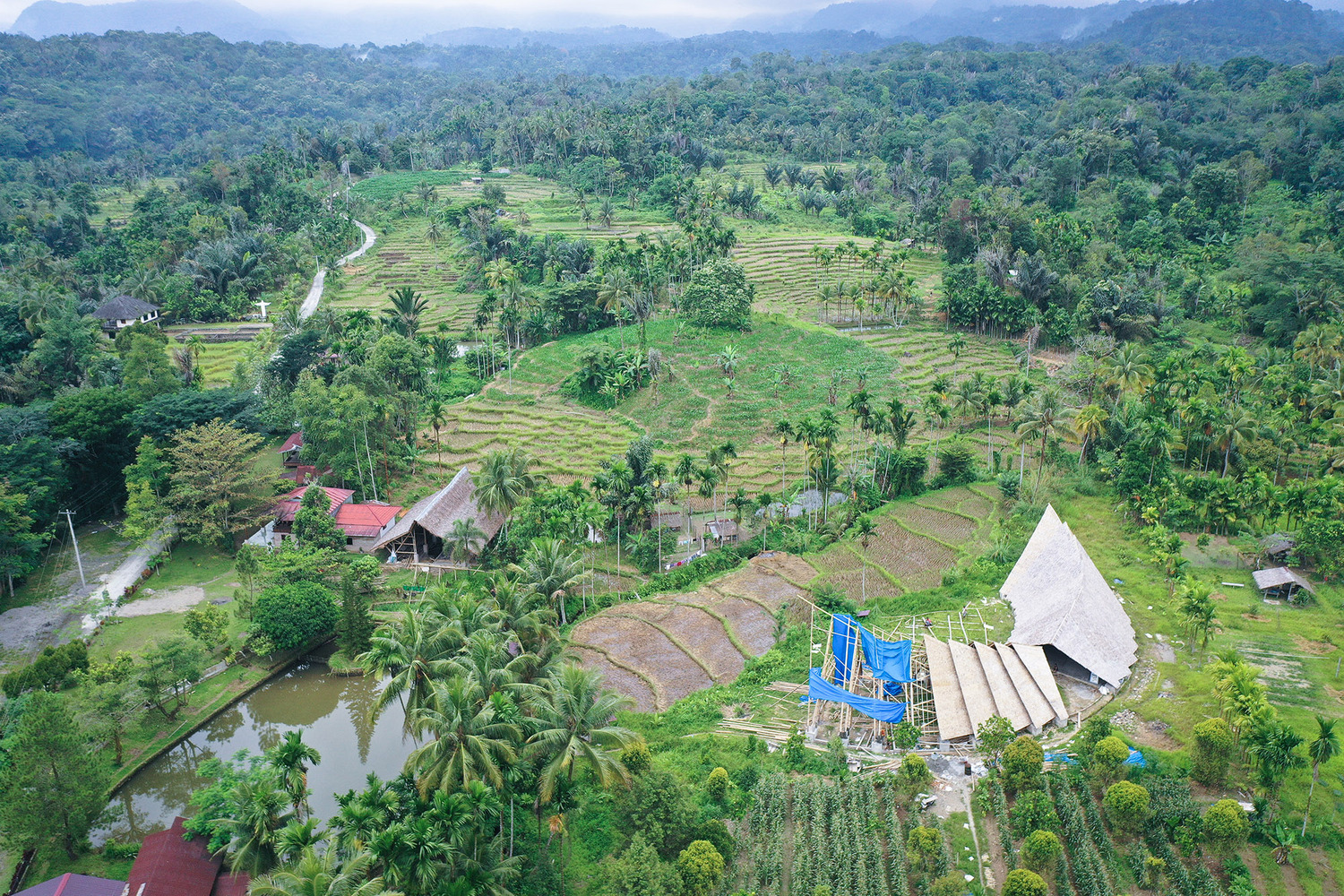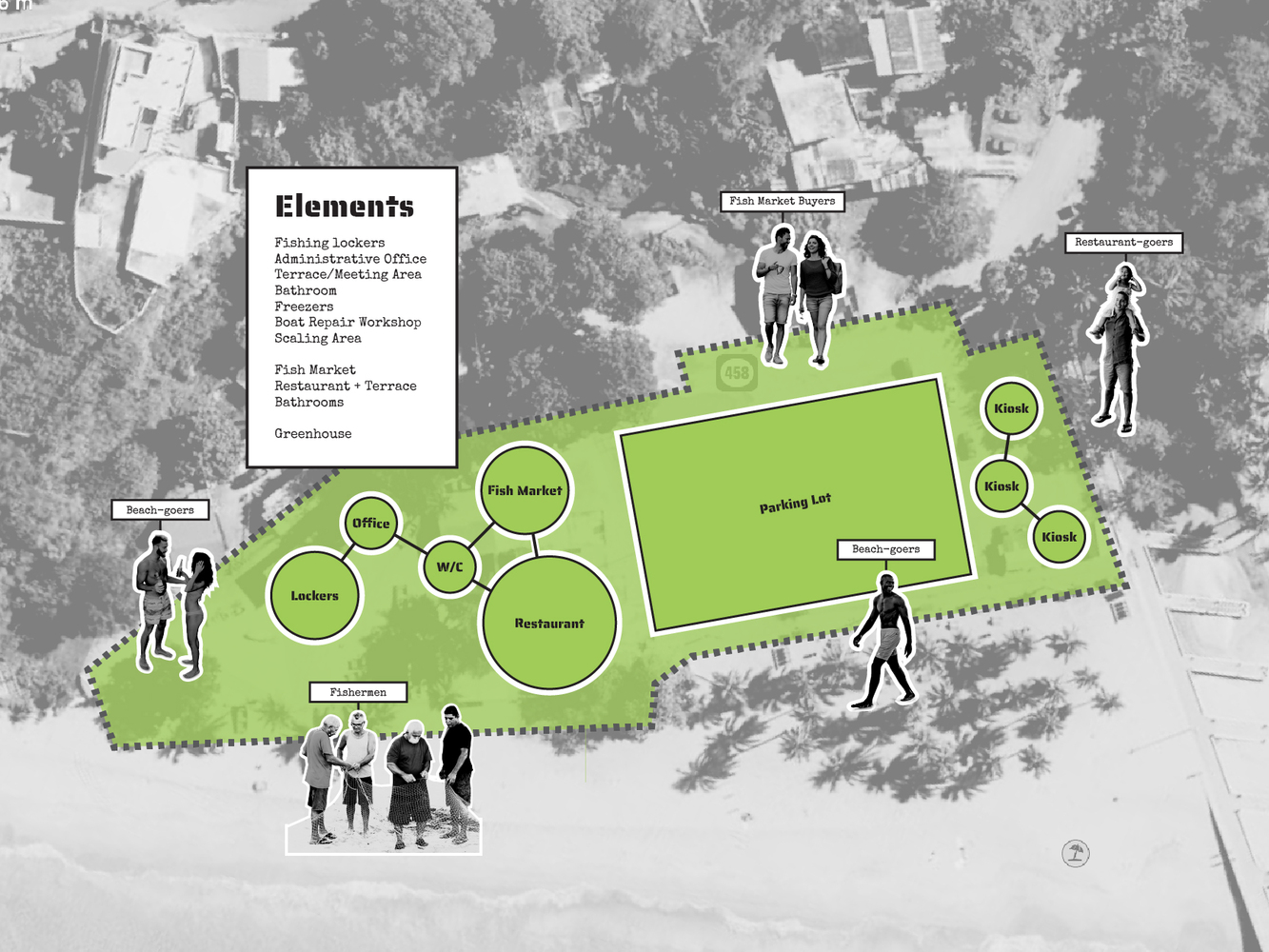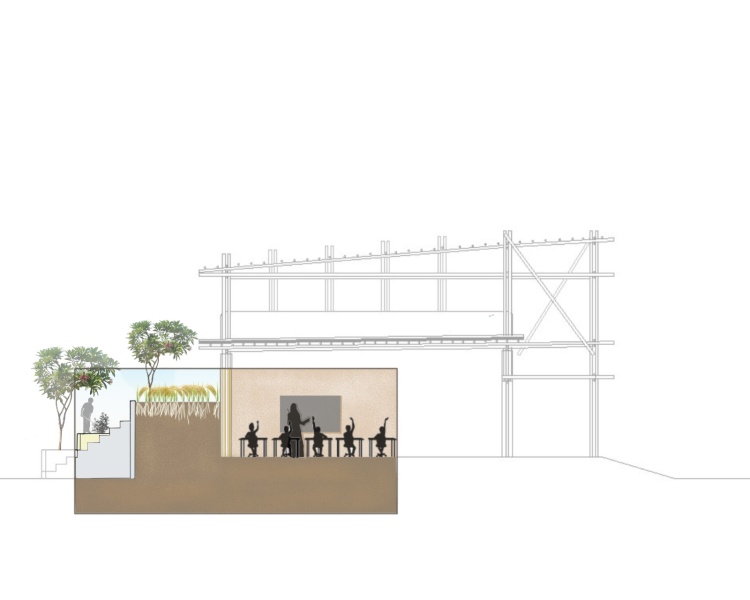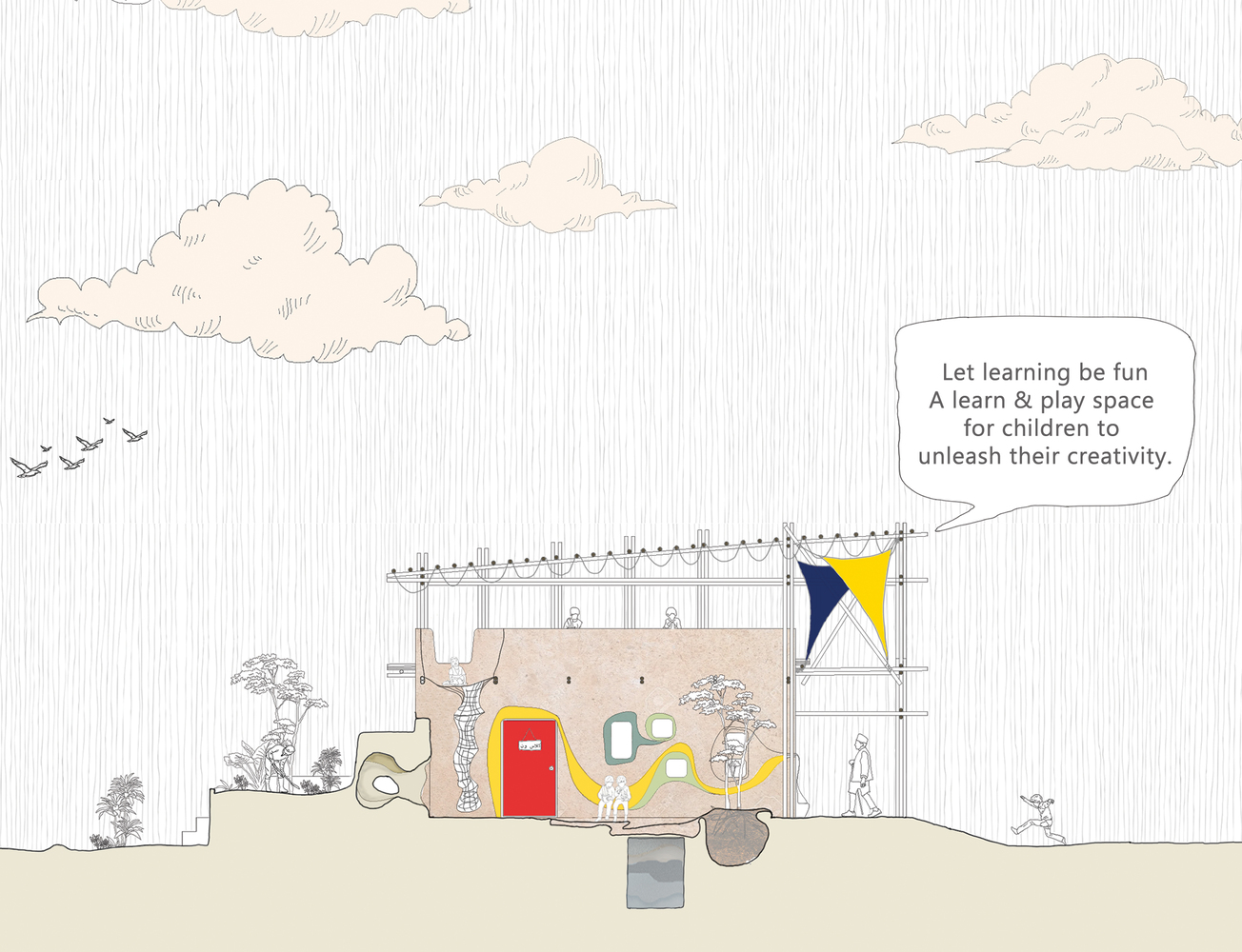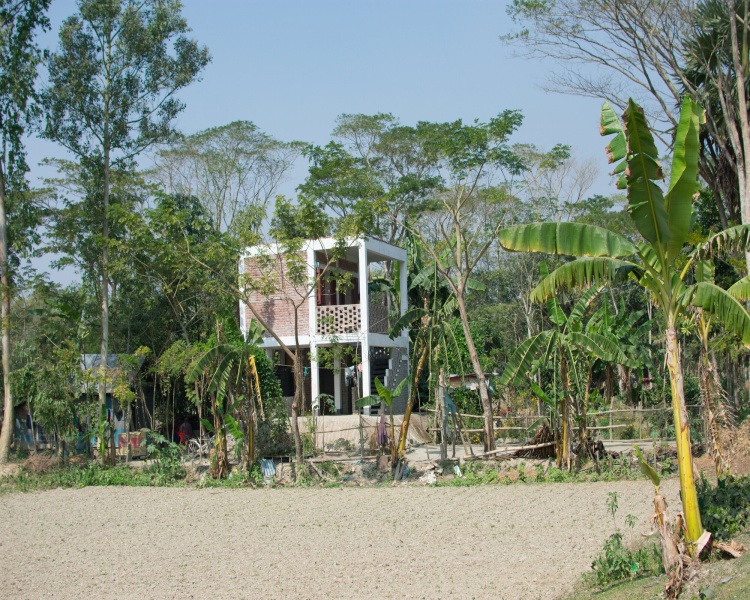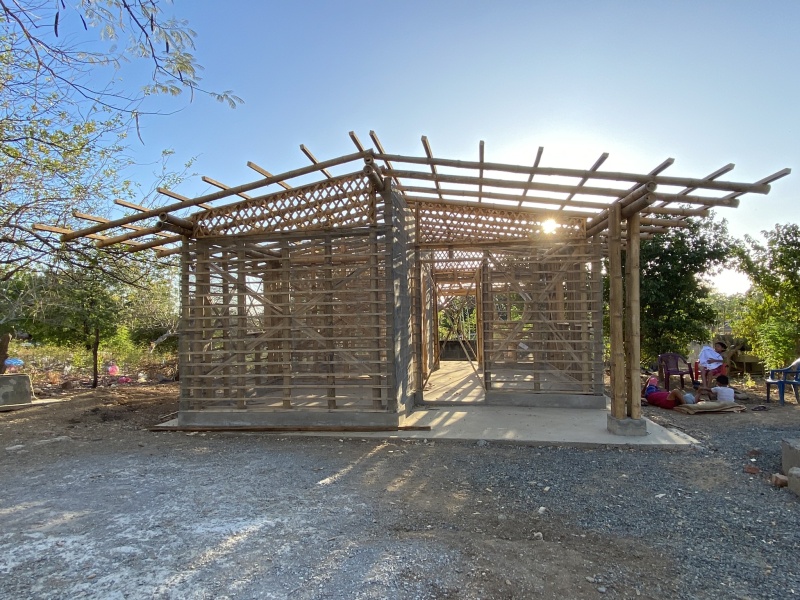The Global Challenge has just revealed the finalists for the competition’s 2022 edition. The Global Challenge provides a stage for community-led projects that have been developed independently worldwide, bringing together potential partners and collaborators in the process.
The Global Challenge Competition’s 9 Finalists
A panel of architects, designers, and thinkers from all over the world, including Johann Baar (The Hilti Foundation), David Barragan (Al Borde Arquitectos), David Basulto (ArchDaily), Ole Bouman (DesignSociety), David Cole (Building Trust International), Kira Intrator (Aga Khan Development Network), Irene Plan-chuelo Gómez (TECHO Internacional), Doina Petrescu (University of Sheffield), have chosen these nine finalists.
1) San Blas Social Action Center / Venezuela
A social group spearheads the San Blas Social Action Center, which cartographers and other spatial specialists staff. It’s a story about how architecture became a tool for establishing places and an inspiration for community involvement in reclaiming a local landfill.
2) Book House / China
It was not an isolated attempt at establishing a system of children’s libraries but rather the product of intensive coordination between local builders and design experts. The experts absorb indigenous knowledge and create a sustainable, replicable plan to revive China’s rural communities in the face of the country’s explosive urbanization.
3) Barrios que Cuidan / Peru
Initiated by local tycoons and a women’s club, the project quickly drew in social workers, architects, and sociologists. It recognizes and encourages caregivers (often low-income, single mothers, female migrants, etc.) to take the lead in strengthening their communities food and cultural endurance by offering a space for the current cooking activities.
4) The Women’s House of Imloul / Morocco
An organization of local women headed the effort, and experts worldwide soon joined them. The collaborative process is a laboratory where cutting-edge and traditional skills can rub shoulders and pick each other’s brains. The initiative will do more than help women financially; it will also help stop the region’s degradation from worsening.
5) KuNa, Construyendo Sueños / Nicaragua
An attempt by a group of specialists from different fields, including those from the host country and elsewhere. It suggests a scalable method that gives communities houses and the transformative knowledge and resources they need to construct their future dwellings sustainably.
6) Kakr Buluh Awar / Indonesia
The KAKR Buluh Awar project results from cooperation between village elders and design experts. Locals will rebuild a church and revive the long-lost bamboo supply construction network. The initiative has revitalized the area’s culture and tradition while also improving the economy of the surrounding villages.
7) La Villa Pesquera del Crash Boat / Puerto Rico
The local fishermen’s association, along with legal, design-planning, and coastal experts, came up with the idea for the Villa Pesquera to rebuild the fisher’s community after Hurricane Maria devastated it in 2017. The initiative promotes advocacy and strategic thinking to initiate an approach to reviving the identity, society, and economy, thereby fortifying the strength of the community as a whole.
8) The Baitussalam School / Pakistan
The Baitussalam School was built as a collaborative effort between a local NGO and architects to reestablish educational opportunities for children displaced from their classrooms by flooding in 2022. In addition to the traditional education institution, it seeks to foster the development of community agriculture to boost the community’s long-term agricultural independence.
9) Mini-Cyclone Shelter for Vulnerable Communities / Bangladesh
This climate-resilient home was collaboratively developed by neighborhood residents, city officials, community builders, and non-governmental organization (NGO) specialists. It not only strengthens the social and climate-resistant abilities of coastal and riverside communities by constructing secure dwellings but also offers shelter for communities to congregate during hurricanes.
Each initiative was evaluated based significantly on its core team’s competence, dedication, and impact on the surrounding neighborhood. They were looking for signs that the project was conceived in response to local needs and goals and that the professionals involved had earned the community’s confidence.
Each of the winning groups for the Global Challenge is now requesting donations of money and other resources. Please review each initiative, contact the project team leader, and assist in spreading the word about it.
©Taller Social Nacional
©Public Domain
©Public Domain
©Espacio Común
©Espacio Común
©Mohammed Qualla
©Franky Simanjuntak
©La Maraña
©WM Creative Studio
©WM Creative Studio
©BRAC
©Camila Duque


